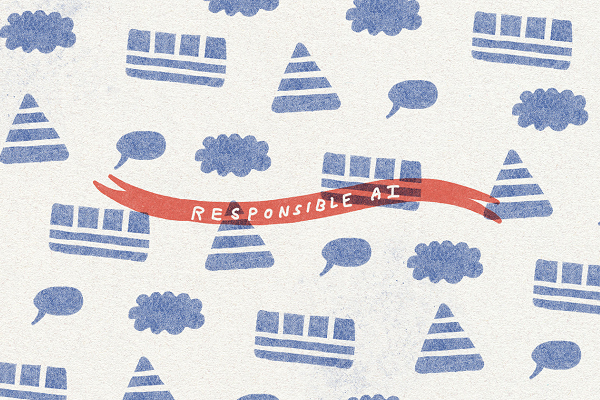Microsoft Restricts Custom Voice and Facial Recognition AI Access

Microsoft has begun narrowing access to some of its voice AI and facial recognition technology to match its newly revamped Responsible AI Standard. The changes add more controls to the tech giant’s Custom Neural Voices tool for synthesizing speech and its Azure Face facial recognition service, and outright retires public sales of the AI tools for identifying emotions and demographic elements like gender and age.
Controlling Voice
The Custom Neural Voice service debuted last year, building on Azure Cognitive Services and it neural text-to-speech (TTS) capabilities. The synthetic voices include an interactive Bugs Bunny at the AT&T Experience Store in Dallas and made Progressive spokesperson Flo omnipresent as a vocal chatbot. Microsoft held onto approval rights to try to prevent or end any misuse of the tech from the beginning, mandating that developers let customers know when they use a synthetic voice and ensure that voice performers understand the synthetic speech process they are signing up for. Microsoft even checks the actor’s approval against a synthetic version to make sure the real actor is agreeing. Microsoft later added an ‘audio watermark’ of inaudible sound fluctuations to identify when its tech is deployed.
“This technology has exciting potential in education, accessibility, and entertainment, and yet it is also easy to imagine how it could be used to inappropriately impersonate speakers and deceive listeners. Our review of this technology through our Responsible AI program, including the Sensitive Uses review process required by the Responsible AI Standard, led us to adopt a layered control framework,” Microsoft chief responsible AI officer Natasha Crampton explained in a blog post about the changes. “Through these and other controls, we helped protect against misuse, while maintaining beneficial uses of the technology.”
The updated Responsible AI Standard augments Microsoft’s control over how Custom Neural Voices are used. More importantly, it set the template for how the company will manage facial recognition services going forward. Those interested in Azure Face will have to apply to get access as they would for a Custom Voice. Sales of the emotional and demographic recognition tool have ended, though existing customers can use them until the end of June 2023. The technology hasn’t completely disappeared, however, as Microsft’s Seeing AI app uses the same algorithms to describe the world to users with impaired vision.
“The need for this type of practical guidance is growing. AI is becoming more and more a part of our lives, and yet, our laws are lagging behind. They have not caught up with AI’s unique risks or society’s needs.” Crampton wrote. “While we see signs that government action on AI is expanding, we also recognize our responsibility to act. We believe that we need to work towards ensuring AI systems are responsible by design.”
Follow @voicebotai Follow @erichschwartz
Microsoft Debuts Synthetic Speech Platform ‘Custom Neural Voice’
Microsoft Azure Adds New Voices and Styles to Whisper or Shout in Hopeful or Unfriendly Tones








